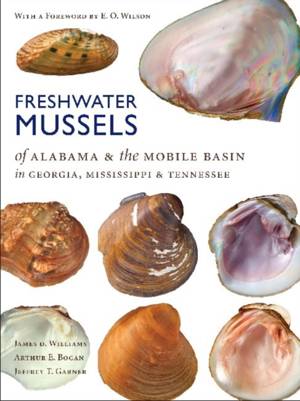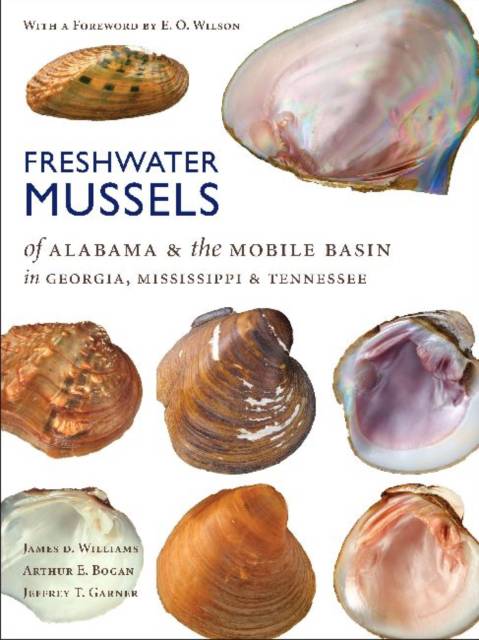
- Afhalen na 1 uur in een winkel met voorraad
- Gratis thuislevering in België vanaf € 30
- Ruim aanbod met 7 miljoen producten
- Afhalen na 1 uur in een winkel met voorraad
- Gratis thuislevering in België vanaf € 30
- Ruim aanbod met 7 miljoen producten
Zoeken
Freshwater Mussels of Alabama and the Mobile Basin in Georgia, Mississippi, and Tennessee
James D Williams, Arthur E Bogan, Jeffrey T Garner
Hardcover | Engels
€ 75,95
+ 151 punten
Omschrijving
Alabama rivers and waterways are home to the largest and most diverse population of freshwater mussel species in the nation, roughly 60% of U.S. mussel fauna. The Mobile River Basin, which drains portions of Tennessee, Georgia, and Mississippi waterways, also contains diverse mussel populations. However, many of these species have been significantly depleted in the last century due to habitat alteration (river damming, channelization, siltation), pollution, and invasive species, and many more are in imminent danger of extinction.
The authors offer encyclopedic entries on each of the 178 mussel species currently identified in Alabama and the Mobile River Basin--the scientific and common names; a morphological description as well as color photographs of the shell appearance; analysis of the soft anatomy; information about ecology, biology, and conservation status; and a color distribution map. With an extensive glossary of terms and full index, plus additional material on the archaeological record, a history of commercial uses of mussels, and the work of significant biologists studying these species, this volume is a long overdue and invaluable resource, not only for scholars of aquatic biology and zoology but also conservationists interested in the preservation of ecological diversity and protection of inland environments.
The authors offer encyclopedic entries on each of the 178 mussel species currently identified in Alabama and the Mobile River Basin--the scientific and common names; a morphological description as well as color photographs of the shell appearance; analysis of the soft anatomy; information about ecology, biology, and conservation status; and a color distribution map. With an extensive glossary of terms and full index, plus additional material on the archaeological record, a history of commercial uses of mussels, and the work of significant biologists studying these species, this volume is a long overdue and invaluable resource, not only for scholars of aquatic biology and zoology but also conservationists interested in the preservation of ecological diversity and protection of inland environments.
Specificaties
Betrokkenen
- Auteur(s):
- Uitgeverij:
Inhoud
- Aantal bladzijden:
- 960
- Taal:
- Engels
Eigenschappen
- Productcode (EAN):
- 9780817316136
- Verschijningsdatum:
- 1/06/2008
- Uitvoering:
- Hardcover
- Formaat:
- Genaaid
- Afmetingen:
- 234 mm x 302 mm
- Gewicht:
- 3991 g

Alleen bij Standaard Boekhandel
+ 151 punten op je klantenkaart van Standaard Boekhandel
Beoordelingen
We publiceren alleen reviews die voldoen aan de voorwaarden voor reviews. Bekijk onze voorwaarden voor reviews.











